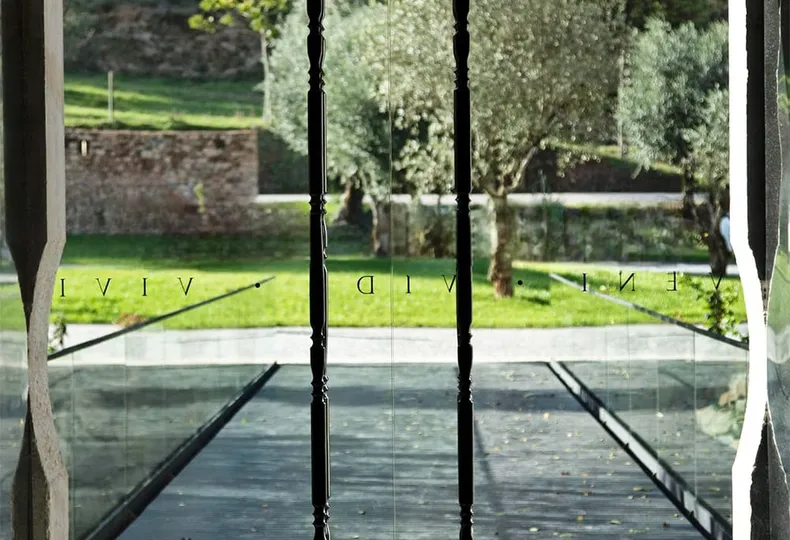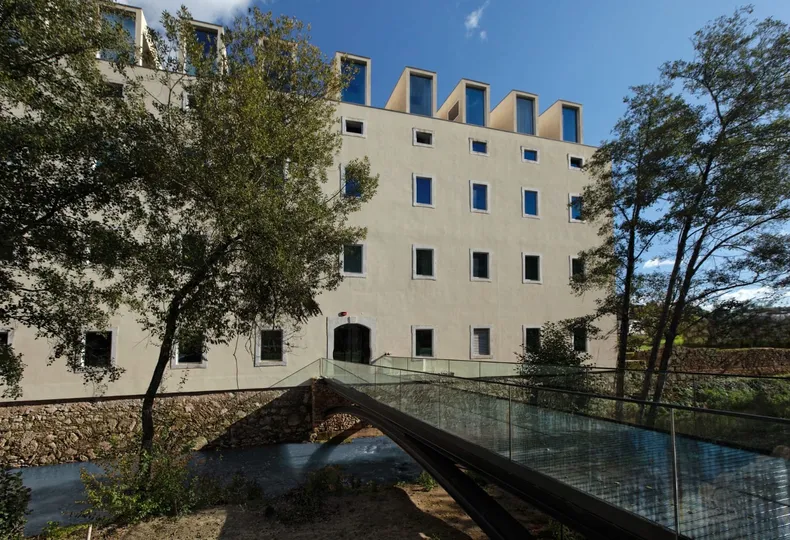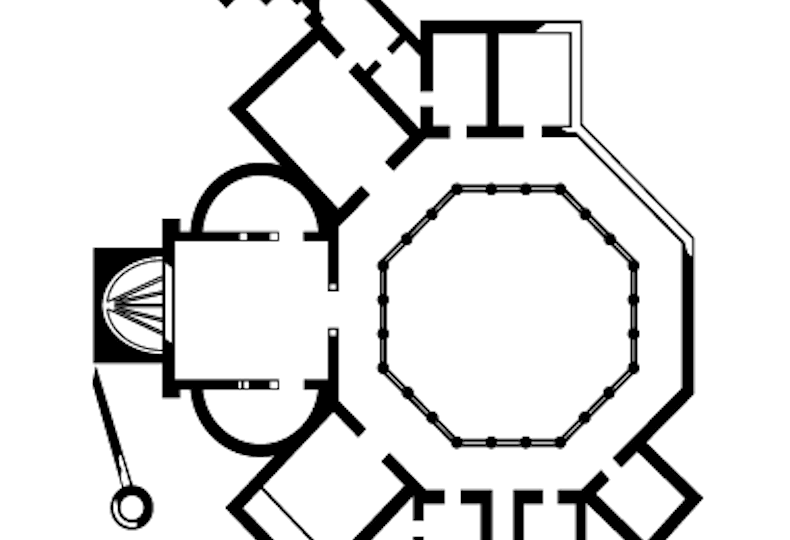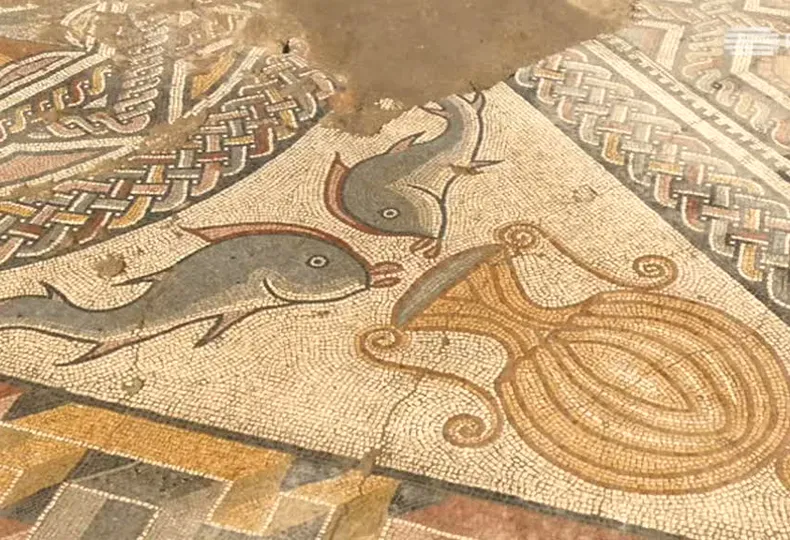History and Design
History and Design
The Quinta da Fábrica building
In the year 1874, Ayres Augusto Quaresma d’Almeida set the first stone of the building that would later become a paper mill, meant to be a high-quality paper producer. The building was, at the time, one of the best of its kind in the district, occupying 648m² in a terrain idea for its activity.
The mill produced several types of paper, of different kinds and qualities such as foolscap, wrapping paper, squared, lined, white or blue; being renowned not only by its quality but also its polished appearance.
After a great storm in May 1876 which caused the water levels of the Dueça river to rise dramatically, the mill became flooded all the way up to the second floor, forcing its workers to seek refuge in the upper floors. A large part of the building’s contents was washed away by the water, with much of its machinery becoming unusable.
In July 1877, the mill resumed its operations of a workforce of 100 people, reconverting into a fibre mill that focused on the production of yarn and its derivates, with the purpose of becoming a supplier to the tapestry industry in Espinhal.
By 1888 the mill had fallen into decline, forcing it to shut down production. It was later sold to a limited company constituted as the Companhia Fabril da Ponte do Espinhal (Ponte do Espinhal Manufacturing Company), simultaneously focusing on the production of textiles such as linen and wool, and paper-derived products. The paper manufacturing section remained in operation, albeit with a much smaller number of workers, until 1936. It was later sold one last time.
The building remained unused from its purchase until the construction of the hotel, with only its exterior architecture being preserved.



















